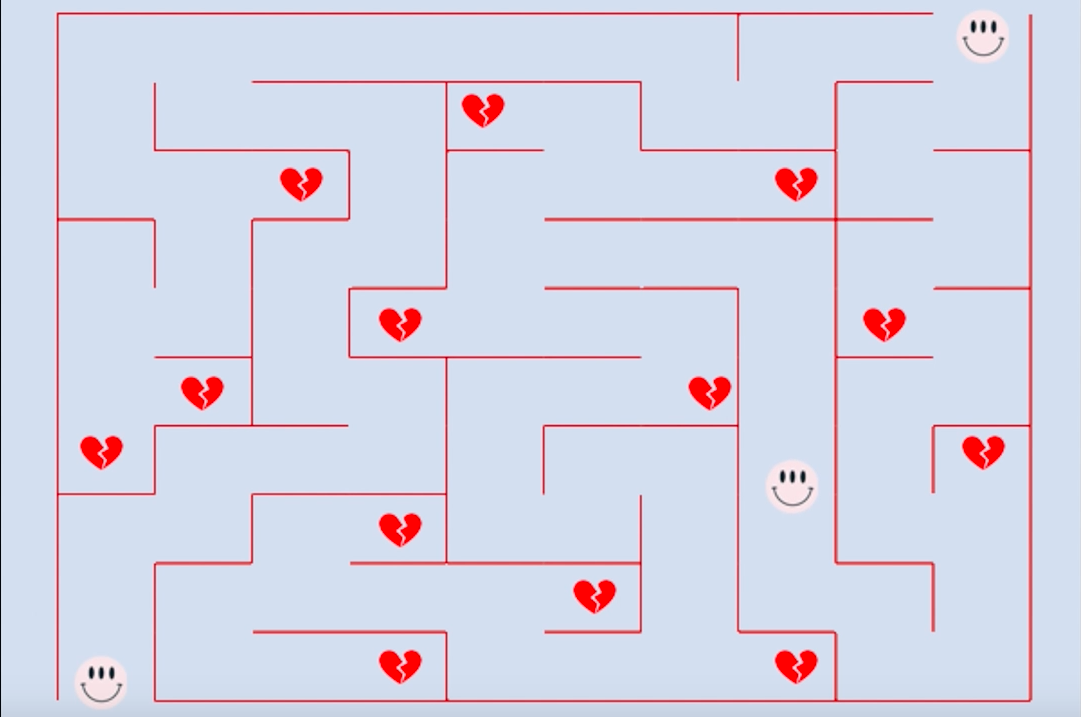Make 2020 The Year of the Micro-Breakup
Every year,we make resolutions to better ourselves based off of our not-so-favourablehabits that we’ve developed or harboured for longer than we’d like to admit.Typically, our goals revolve around our health, academic performance, orcareer. However, as we move into the new decade, I challenge you to makeresolutions based on the behaviours you see in others.
I once wastold that the traits we loathe most in others are ones we feel the mostinsecure about. We may disassociate from this behaviour, or attempt to controlsituations where we could do said behaviour to prevent it. Alas, it isinevitable that it is something we will encounter, and we should resolve to be thebest versions of ourselves, which means actively attempting to model thebehaviours we admire, and treating others the way we want to be treated.
This bringsme to the number one frustration I have in my college-age life – and somethingI have realized I do as much as I receive: miscommunicating when dating.
Here, we’redefining “dating” as everything before labels: one-night stands, casualhookups, flirting, going out on dates, casually seeing each other, texting withthe assumption of interest, etc. If you’ve been single at some point duringyour Queen’s career, this is the gray area you exist in when you’re trying tofigure out what someone means to you, and what you mean to someone. Whetherit’s short-lived or a year-long saga, the complications of ~love~ at this ageare numerous. After four years of experience, I can attest that our generalmaturity dealing with this subject is subpar.
The mostimpressive message I ever received from a boy was, essentially, a rejection.After inviting him over (in a very chill, very smooth way, obviously), I waskindly told that this guy was not interested in a long-distance relationshipbecause of some pretty bad previous attempts and that, while he enjoyed talkingto me, our time wheeling had come to an end. By definition, this was a breakup.Yet, I was not actually dating this person – it was still early days. This waswhat is now termed as a micro-breakup.
Themicro-breakup replaces a multitude of behaviours we currently rely on:ghosting, orbiting, bread-crumbing, accidentally leading someone on, avoidingthe subject, etc. A micro-breakup expresses the desire to end, or pause, the“romantic” side of a relationship by communicating your headspace with theother person and respecting their time, investment, and feelings. Yes, tellingsomeone that you’re just not vibing with it, or that you’re not over your ex,is a lot more productive for both parties than just never opening a text orreplying to a snap. It reduces the anxieties of “what did I do wrong?” andenables both of you to move on, on good terms. Being able to walk through theARC and not feel awkward seeing the person you hooked up with once and thennever replied to their DM? Groundbreaking.
Here’s the thing: giving people the basic respect and acknowledgement that you want to have is a really, really attractive quality. The upfront honesty breaks it off before any feels are caught, before any drunk texts are sent, and before any complicated acts are made. It allows the person to move on without every wondering what happened or internalizing their insecurities as justification for why it didn’t work out. Even if you don’t know where your head is at, communicating that to the other person will eliminate discrepancy in expectations – something that will eventually come up, whether it be in conversation with each other or complaining to friends.
It is counterproductive to trivialize why someone chooses to leave you on read. But you can’t complain about being on the receiving end if you are also the one to do the same. So, let’s collectively make our 2020 resolution to stan the micro-breakup and be decent human beings when communicating with each other. Because sometimes it’s not you, but if I don’t tell you that, then how are you supposed to know it’s me?
Header Image Courtesy of the Author.


